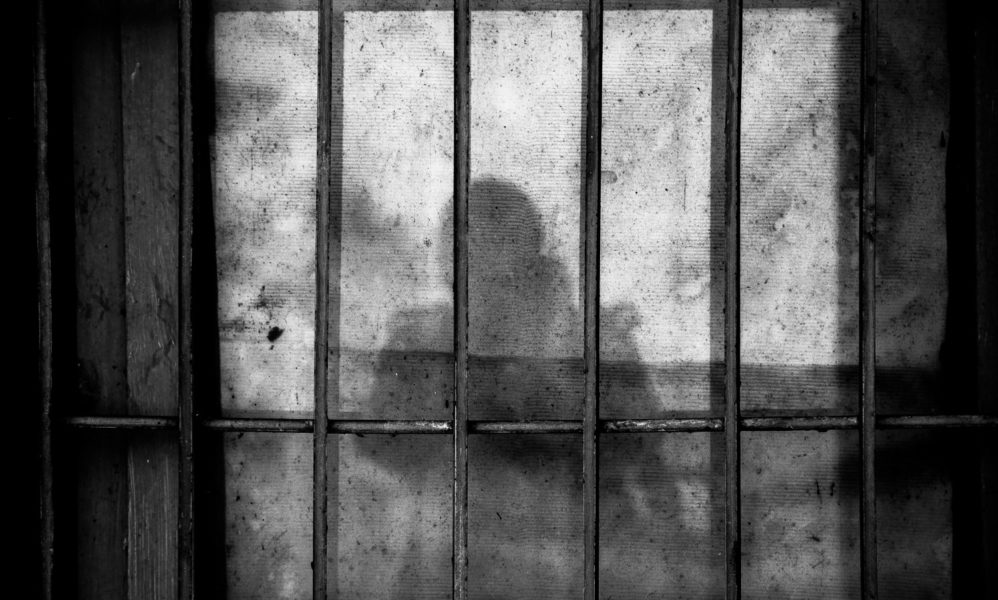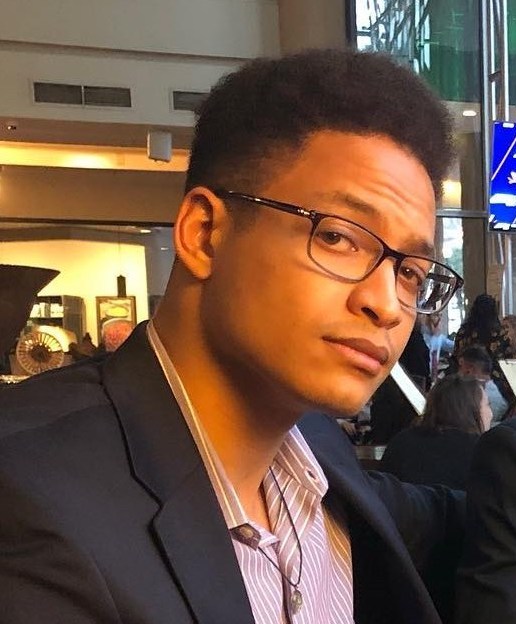Upon graduating from college, I worked as a substance abuse counselor at an outpatient treatment program. The program maintained strong relationships with parole offices throughout New York City; many clients were previously incarcerated, and court-mandated to complete substance use treatment. This was my first interaction with individuals involved in the criminal justice system (herein referred to justice-involved individuals), and through this work I became aware of my biases and ignorance regarding the criminal justice system.
During my first sessions, I realized I feared my justice-involved clients. I prepared for my clients to be resistant to treatment for addiction, but the stakes felt higher due to their court mandates and legal history. My justice-involved clients asserted they did not need treatment, that their parole stipulations were erroneous since they sold drugs but did not use them, or perhaps were disproportionately being penalized for recreational drug use. I informed my clients of the facts. I had no control over their legal status; failure to comply constituted a violation of parole and could result in incarceration. My justice-involved clients were reasonably frustrated, and I worried that their frustration might precipitate violence.
My first justice-involved client was well over six feet tall with a bodybuilder’s physique. His gait and affect portrayed a classical “tough guy” persona. Initially, our proximity heightened my trepidation during individual sessions, and I reassured myself that should anything happen, the receptionist would report activity seen on the security camera’s live feed. Gradually I became more comfortable working with his tough-guy bravado, and our watershed moment came when he disclosed his first relapse. He had smoked cannabis in violation of his parole stipulations and was terrified of reporting to his parole officer and going back to prison. I consoled him, surprised by his tears, and realized that his apparent toughness made him no less worthy of compassion or supportive psychotherapy, no less vulnerable to the hardships of this world and the fear of incarceration.
Another client explicitly educated me about prison culture as we explored how a 10-year incarceration altered his behaviors and others’ perception of him. He became aware of these changes when lifelong friends commented on him being unusually defensive during a disagreement after incarceration and noted how he would unconsciously knock twice on a table when leaving a room (an indication to others present to save his seat). Although these vestiges of “institutionalization” were protective in prison, they were a poor fit for his new environment. As he unlearned these practices from his time in prison, he found himself shocked by his need to reassimilate into communities he once felt at ease in.
I quickly learned that long-term incarceration encouraged my clients to adjust to a hostile environment where vulnerability was targeted, and authority was oppositional. For survival, many changed their tone of voice, their carriage, even where they sat in a room–backs safely to the wall, with a wide field of vision and an easily accessed exit. As their counselor, I was an authority figure, and for some clients that power dynamic was discomfiting and representative of systemic oppression, particularly since I regularly communicated with parole and probation officers to issue progress reports.
A shift in perspective: risk to resilience
Reflecting on my prejudices toward justice-involved clients revealed to me that I had treated them like inmates rather than clients. Thankfully, I came to understand their incarceration as both traumatic and requiring adaptation, and learned of resilience factors that could help my clients persevere.
Family support was a critical resource for my justice-involved clients. Some of them had parents or partners who checked in on their progress in various areas of life including treatment, employment, physical and mental health. Others had siblings or children to whom they felt responsible. Their support imbued them with purpose; my clients were role models, caretakers, providers to these family members, and their admiration gave them a standard to uphold. After their visits, my clients were energized. They stood a little taller, smiled a little wider, and spoke with hope for the future. Religion and spirituality were other sources of resilience for my justice-involved clients. Prayer helped with introspection and reaffirming values, while religious institutions offered a supportive sense of community, and resources such as clothing and food to those in need.
Research suggests that culturally relevant coping strategies such as family support and religious involvement promote resilience among Black, Indigenous, and People of Color (BIPOC) populations exposed to discriminatory stress. Collectivistic coping that connects individuals to family, friends, and community may counteract the deleterious effects of isolation in prison environments. Other interventions like The Sanctuary Model target prison culture itself by promoting values such as openness, democracy, relationship building, and nonviolence. Such interventions appear to decrease violent incidents and promote perceptions of safety in juvenile justice-involved individuals.
Disrupting the link between trauma and delinquency
Many of my justice-involved clients were incarcerated during their adolescence. Their experiences during this sensitive developmental period affected their long-term growth and behaviors, as evidenced by their enactment of prison culture following incarceration. A number of times I wished that I had met my clients 5 to 10 years earlier, that we could have done our therapeutic work before they fell into the revolving door of the criminal justice system. Today I work in collaboration with the juvenile justice system; our lab engages in clinical implementation projects to make internal processes more trauma-informed and culturally relevant.
The Juvenile Justice Reform Act (JJRA) of 2018 formally acknowledged that youths of color have higher rates of contact with the juvenile justice system and the preponderance of trauma history within the system, seeking to remedy these ills by supporting targeted intervention. Clinical implementation projects are one example of how mental health professionals are delivering these interventions within the juvenile justice system. The National Child Traumatic Stress Network provides recommendations for systems-level approaches, including cross-system collaboration with schools and community-based organizations, and person-level approaches, fostering healthy relationships with family members and others involved in the care of justice-involved youth. These efforts facilitate delivery of clinical services to justice-involved adolescents while also encouraging a more rehabilitative and less punitive approach to juvenile justice work.
My work with justice-involved individuals has challenged my pre-existing biases and shifted my perspectives around our country’s criminal justice system and its desired outcomes. One-dimensional media representations of justice-involved individuals as aggressive and unpredictable prompted me to work with them from a position of fear, and I had no prior encounters with justice-involved individuals to challenge these stereotypical thoughts. It was difficult to approach my clients with an open mind while setting aside long-held stereotypes, but doing so facilitated deeper, more humanistic engagement. As I delve deeper into my research and clinical work, I see that support for justice-involved individuals must be guided by evidence-based best practices and consider risk and resilience factors. As this work is both systemic and interpersonal, a comprehensive approach also necessitates self-reflection on barriers to understanding and working with justice-involved individuals.

